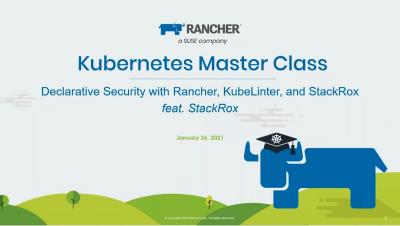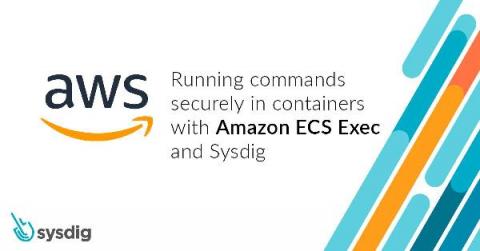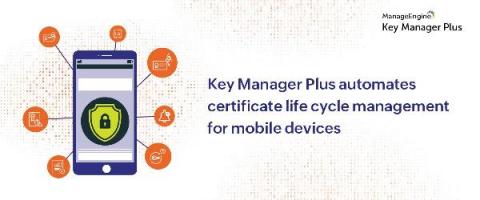Operations | Monitoring | ITSM | DevOps | Cloud
Security
The latest News and Information on CyberSecurity for Applications, Services and Infrastructure, and related technologies.
Enhance API security with Apigee and Cloud Armor
Kubernetes Master Class: Declarative Security with Rancher, KubeLinter, and StackRox
Running commands securely in containers with Amazon ECS Exec and Sysdig
Today, AWS announced the general availability of Amazon ECS Exec, a powerful feature to allow developers to run commands inside their ECS containers. Amazon Elastic Container Service (ECS) is a fully managed container orchestration service by Amazon Web Services. ECS allows you to organize and operate container resources on the AWS cloud, and allows you to mix Amazon EC2 and AWS Fargate workloads for high scalability.
Enabling Secure Access for the Federal Government - Meeting Comply to Connect Mandates
Government IT organizations must demonstrate and maintain compliance with a large and growing number of regulations and standards around network access control (NAC), ensuring that all connected devices to their environment are not vulnerable is a key requirement. Comply to connect (C2C) simplifies this by enforcing that patches and hardened configurations are applied to devices before they connect and updated continually.
Five worthy reads: Understanding quantum computing and its impact on cybersecurity
Five worthy reads is a regular column on five noteworthy items we discovered while researching trending and timeless topics. In this week’s edition, let’s explore how quantum computing works and how it impacts cybersecurity.
Visual Link Analysis with Splunk: Part 4 - How is this Pudding Connected?
I thought my last blog, Visual Link Analysis with Splunk: Part 3 - Tying Up Loose Ends, about fraud detection using link analysis would be the end of this topic for now. Surprise, this is part 4 of visual link analysis. Previously (for those who need a refresher) I wanted to use Splunk Cloud to show me all the links in my data in my really big data set. I wanted to see all the fraud rings that I didn’t know about. I was happy with my success in using link analysis for fraud detection.
Everything you need to know about the Malwarebytes hack
We’ve all become more conscious of the risk of online scammers and hackers, especially since we put more and more of our personal information into websites and apps on a daily basis. We’ve become more knowledgeable on the likes of data protection through EU regulations like GDPR and learned about how we “drop” cookies as we surf the web.
Integrate certificate life cycle management with enterprise MDM and boost your mobile ecosystem security
A huge portion of today’s corporate network is made up of mobile endpoints, such as laptops, tablet computers, and mobile phones. These are domain-joined and non-domain devices that require access to corporate assets to carry out everyday operations.











